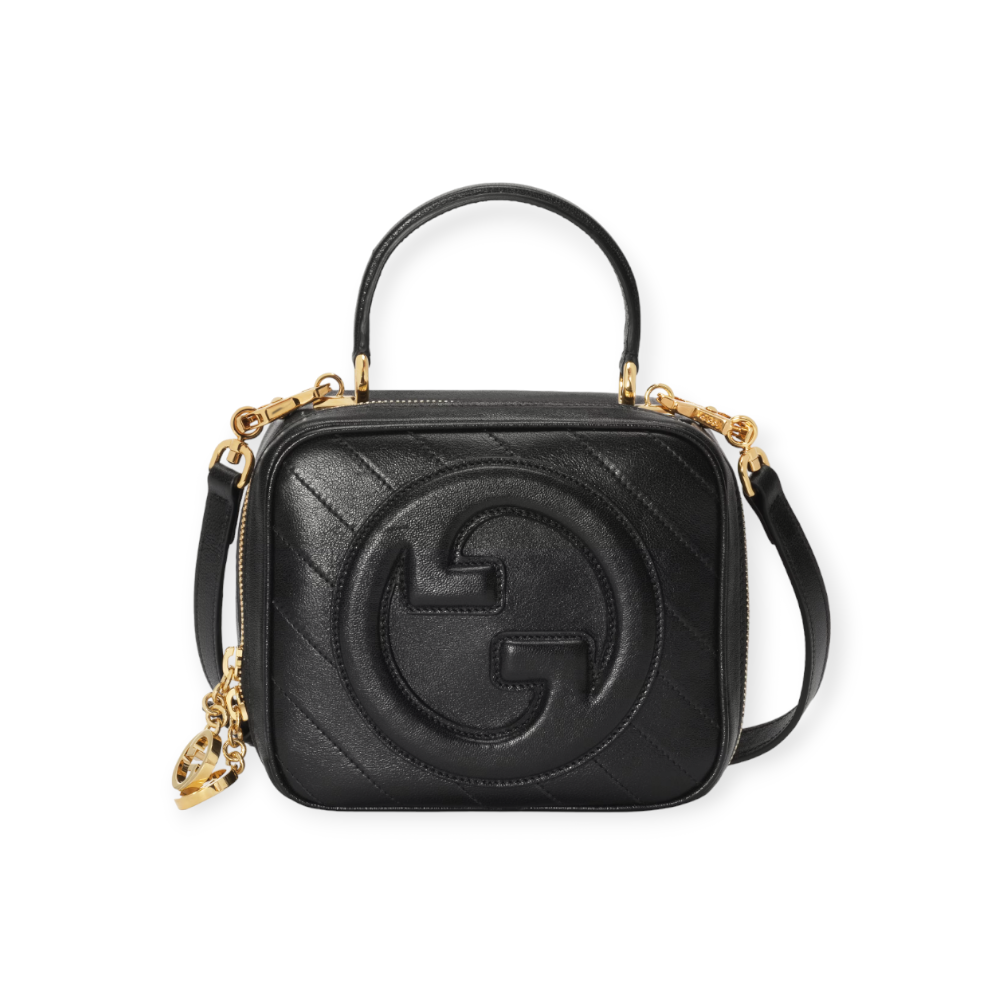Luxury for the Masses: How Designer Brands Target the Non-Elite
The term ‘luxury’ often conjures up images of opulence, exclusivity, and a certain unattainable aura of prestige. Traditionally, designer brands and luxury houses have spoken to a niche market—the elite few with considerable spending power. However, there is a noticeable shift in the winds, as these brands pivot towards the non-elite, inviting a much broader audience into the world of luxury. With this democratization of luxury, the high gates of fashion’s ivory towers https://beroma.is/wp-content/uploads/2023/12/Screenshot-2023-12-27-173534-1.png are not only opening but in certain instances, they’re being taken down entirely.
The Shift in Luxury Brand Strategy
Luxury brands are navigating a new territory, one where they can no longer rely solely on the patronage of the ultra-wealthy. Changes in consumer behavior, the rise of digital media, and a growing sense of inclusivity have prompted a reevaluation of traditional brand strategies. This analysis will reveal the innovative ways luxury brands reach beyond their ivory tower, offering a piece of the luxury experience to the larger public.
It’s no longer just about the product itself; it’s about the story, the lifestyle, and the inclusive feelings the brand can elicit. From expanding product lines with more accessible price points, to large-scale marketing campaigns targeting the aspirational consumer, luxury brands are making a concerted effort to speak to a wider audience.
Case Studies
Several prominent luxury brands have effectively pulled off the balancing act of exclusivity and inclusivity. Take Gucci, for example, under the creative direction of Alessandro Michele. The brand has breathed new life into its collections, creating a sense of the eclectic that resonates with a younger audience without necessarily alienating their traditional customer base. Dior is another case in point, with the strategic collaboration with Jordan Brand and the successful ventures into streetwear aesthetics through the Dior Men’s collections, helmed by Kim Jones.
These examples are not mere flukes but deliberate strategies to maintain the core of luxury while extending a relatable hand to a new demographic. In doing so, these brands have managed to foster an aspirational loyalty, where quality, craftsmanship, and the cachet of the brand hold weight over pure consumerism.
The Impact on Consumer Behavior
The effect of luxury brands courting a wider customer base goes beyond sales figures. It’s reshaping consumer behavior and the very perception of luxury itself. Forward-thinking brands that recognize this shifting dynamic are redefining what it means to be ‘aspirational.’
Young consumers, in particular, are less interested in overt displays of wealth and more drawn to brands that align with their values and self-expression. They are driven by experiences and narrative, and luxury brands have adapted by creating more experiential retail spaces and narrative-driven campaigns. This shift has led to a democratic luxury, where the ability to purchase an item is not the sole indicator of status and exclusivity.
Challenges and Opportunities
Expanding into the mass market is not without its challenges. Luxury brands walk a tightrope of maintaining exclusivity while scaling their market reach. They must carefully manage inventory, pricing, and the customer experience to ensure that new entrants are not turned off by a perceived drop in quality or exclusivity.
The digital sphere presents both a challenge and an opportunity for luxury brands. Social media allows for designer replica bags greater brand visibility and engagement but also carries the risk of diluting the brand’s elite image. By leveraging digital platforms intelligently, luxury brands can curate an aspirational image that resonates with a wider audience while still feeling exclusive.
The Future of Luxury
Looking forward, we can expect to see further blurring of the lines between luxury and the mass market. Consumer behavior dictates that the future of luxury will be more about the experience and less about the price tag. Successful luxury brands will continue to offer pieces of a lifestyle, a story, or an identity that their consumers can adopt and feel a part of, regardless of their income bracket.
Luxury will become more personalized, with brands offering bespoke experiences and products that cater to the individual tastes and values of their customers. This micro-segmentation within the luxury market ensures that every consumer, from the elite to the everyday, has the opportunity to partake in a luxury that is uniquely theirs.
Conclusion
The modern luxury market is a dynamic space replete with opportunities for brands that can adapt to changing consumer preferences. Luxury is no longer the sole domain of the elite; instead, it is an evolving concept that values inclusivity and experience. Designer brands that can effectively balance exclusivity with accessibility will be the torchbearers of this new, democratized luxury.
For those on the consumer side, this evolution presents an invitation to engage with luxury on a more personal and meaningful level. Whether it’s through the purchase of a small, iconic item from a coveted brand or simply being a part of the larger narrative that luxury has to offer, there’s a slice of the high life available for all those who seek it.
As the luxury landscape continues to transform, the conversation between brands and consumers grows more crucial. It’s a dialogue that will shape the future of luxury, impacting not just what consumers buy, but also why and how they buy. The opulence of yesteryear isn’t fading; it’s adapting and expanding, making room for a new generation eager to define luxury on their own terms. So, whether you’re a brand or a consumer, it’s time to embrace the democratization of luxury and celebrate all that it has to offer. The possibilities are endless, and the future is bright for both sides of this evolving relationship. Let’s continue to watch this space as luxury continues to evolve in exciting new ways.